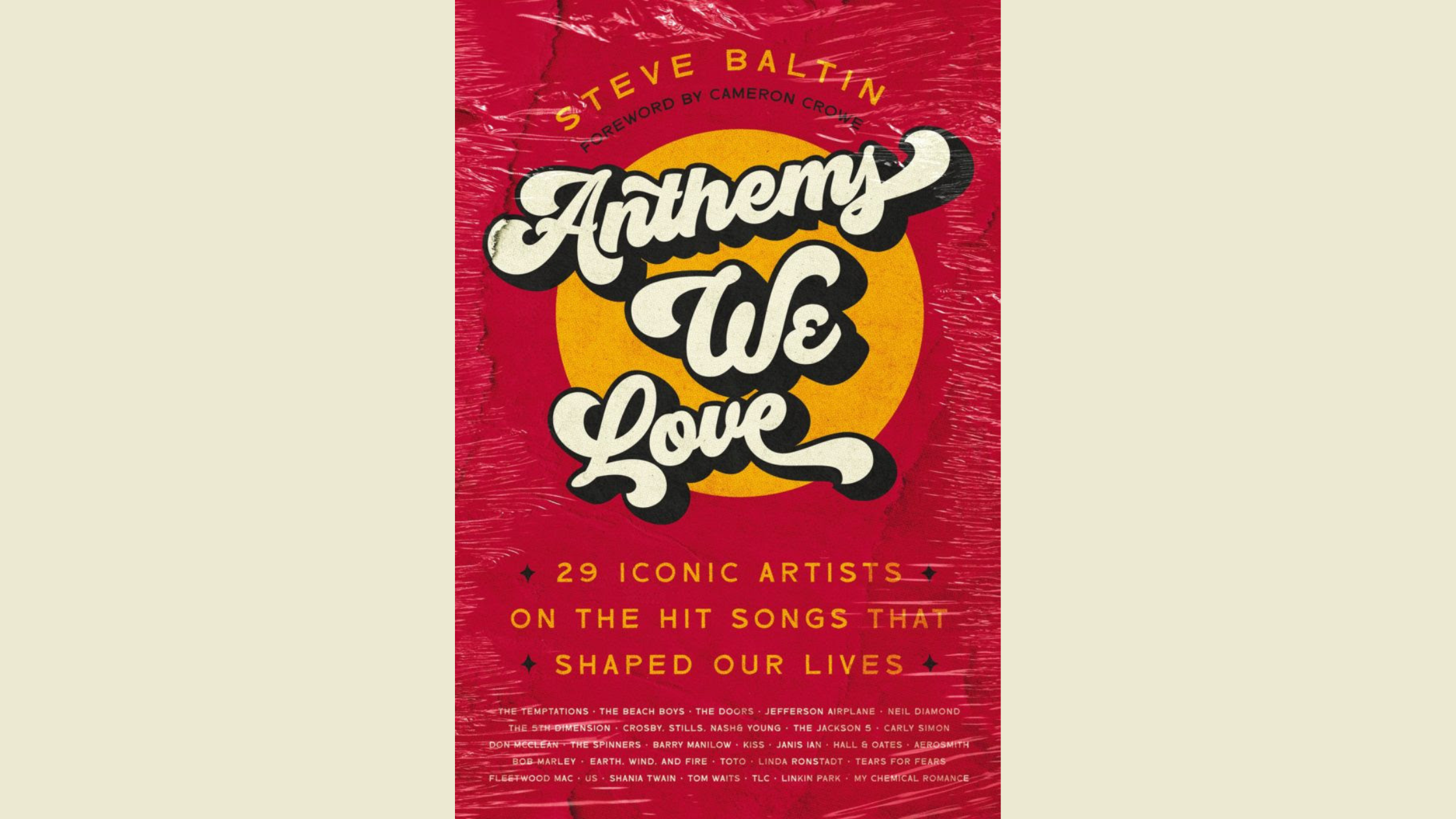Matt Pryor is a big fan of memoirs. From Bit of a Blur by Blur’s Alex James to Let’s Go (So We Can Get Back) by Wilco’s Jeff Tweedy, reading about the lives of fellow musicians always fascinated him. It was after he read Frank Turner’s The Road Beneath My Feet that he realized people he knew were testing their skills outside of songwriting. So why couldn’t he?
He compares his time writing Red Letter Days to running a 5K - Despite all the training, you never actually run a 5K until the day of the race. Pryor has been practicing the craft of songwriting since the 90s, and was surprised that it wasn’t drastically different to write a memoir.
“I don’t think people realize how hard it is to make a record,” he said. “Everyone keeps congratulating me on how difficult it must have been to write a book. I think it’s a similar amount of time and focus, honestly, to write songs and arrange songs and write lyrics and rewrite lyrics and rewrite lyrics and go into the studio and demo. There’s a lot of layers to it, so it was a very similar hour a day and eventually you end up with 60,000 words.”
He started and stopped a few times, but in less than a years’ time he had a final draft. All those stories he told backstage, at a bar, during a barbeque or in a tour van were finally in written format. Readers may have heard them before - Pryor launched the podcast “Nothing to Write Home About” in 2011, featuring one-on-one interviews with fellow musicians. He also hosted and produced “Vagrant Records: 25 Years on the Streets” to chronicle the history of the record label.
The goal of Red Letter Days was to write from his perspective, and he acknowledges that his version of a story may diverge from his bandmates or friends.
“I’m sure I’ve got a lot of shit wrong,” he laughed. “But that’s how I remember it and that’s my perspective, and I try to be true to that and also to not tell anybody else’s story.”
The book chronicles his life from 1990-2000, sharing pivotal moments such as his diabetes diagnosis, falling in love with his future wife and the difficulties of touring. He said that putting these stories together put into context just how driven he was when he was younger. All he wanted to do was be in a band and go on tour, and the climax of the book shows that he accomplished that.
One aspect that he wanted to focus on was the parts of touring that don’t typically make it into the final drafts. One chapter in particular, “It’s Dark Out Lately”, received feedback from Pryor’s editor that geographically it did not make sense. Pryor said that was the point: one day it’s Los Angeles and two days later it’s New York, with hardly any memory of how they got there.
Touring is still an important piece of Pryor’s life, and he knew that he did not want to promote Red Letter Days traditionally.
“I’ve always toured to promote things,” he said. “That’s my bread and butter. But going and reading from the book and then signing books sounded really awkward to me, so I was like, ‘why don’t we make it like a show?’ A lot of songs that I’ve written over the years correspond with the stories in the book, so I can just tell a story and then play the song that goes along with that story and just have a little bit of everything, and then I’ll sign your book after that.”
Matt Pryor has never gone about things in a traditional sense, and there is no way he is starting now. His memoir is an intimate look into the stories behind the songs that fans have been singing back to him for decades.


.png)

.png)





.png)














